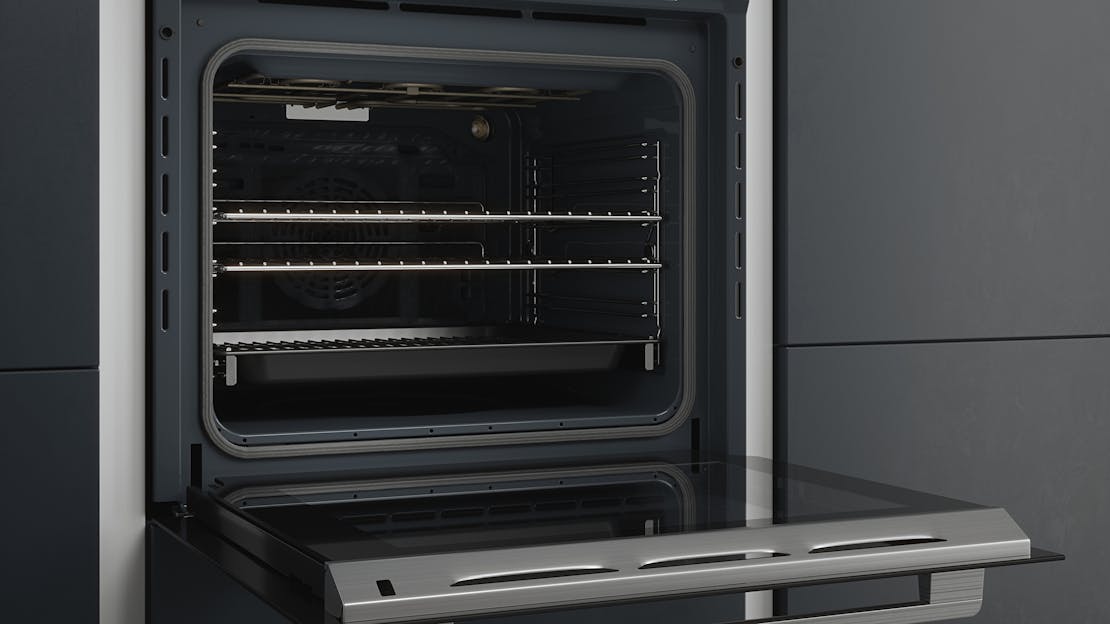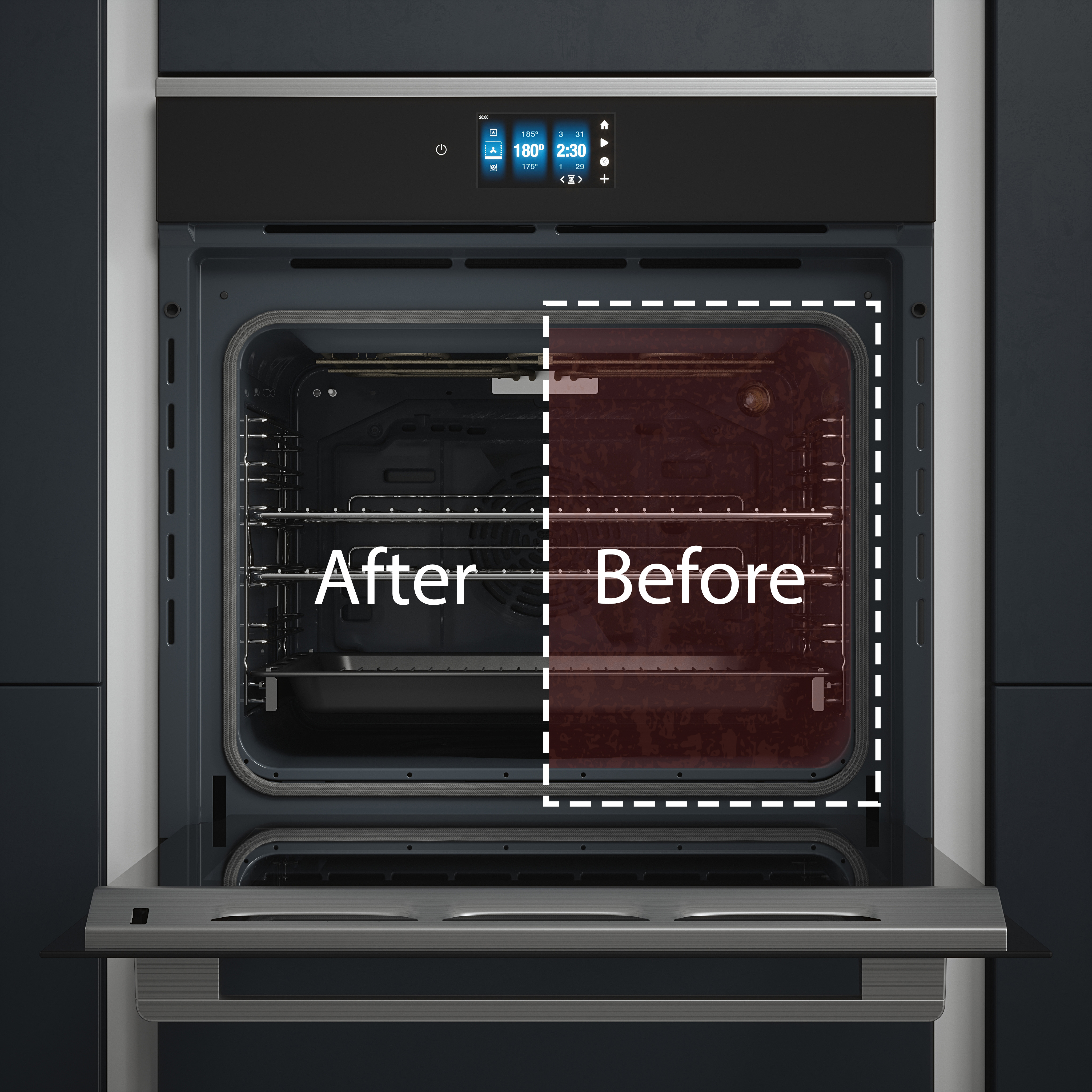
How self cleaning ovens work
Modern kitchen appliances have significantly transformed the way we cook and clean, making our lives more convenient and efficient. Among these innovations, the self-cleaning oven stands out as a revolutionary development that has redefined kitchen maintenance. This article delves into the mechanisms behind self-cleaning ovens, exploring how they work, their benefits, and considerations for use.
History and Evolution of Self-Cleaning Ovens
The journey of oven maintenance has come a long way since the early days when cleaning an oven required strenuous scrubbing and harsh chemicals. The invention of the self-cleaning oven in the 1960s marked a significant milestone, providing a solution to the laborious task of keeping ovens clean. Over the years, technological advancements have further enhanced the efficiency and convenience of these appliances.
Types of Self-Cleaning Ovens
Self-cleaning ovens come in three main types: pyrolytic, catalytic, and steam cleaning.
Pyrolytic Self-Cleaning Ovens
Explanation: Pyrolytic self-cleaning works by heating the oven to extremely high temperatures, typically around 482°C (900°F). This process incinerates food residues, turning them into ash that can be easily wiped away.
Pros and Cons: The main advantage of pyrolytic cleaning is its thoroughness, leaving the oven spotless. However, this method consumes a significant amount of energy and can produce smoke and odours during the cleaning cycle.
Catalytic Self-Cleaning Ovens
Explanation: Catalytic self-cleaning involves special liners inside the oven that absorb and break down grease and food splatters at normal cooking temperatures.
Pros and Cons: This method is energy-efficient and convenient as the liners continuously work during cooking. However, it may not be as effective as pyrolytic cleaning for heavy spills and requires periodic replacement of the liners.
Steam Cleaning Ovens
Explanation: Steam cleaning softens grime and food residues by generating steam inside the oven. Users can then wipe away the loosened dirt.
Pros and Cons: Steam cleaning uses less energy and avoids the high temperatures of pyrolytic cleaning. However, it requires some manual effort to wipe away residues and may not be suitable for heavily soiled ovens.
Mechanisms and Technology Behind Self-Cleaning Ovens
Understanding the technology behind self-cleaning ovens helps appreciate their functionality and safety features.
Components Involved
- Heating Elements: These elements are responsible for reaching the high temperatures necessary for pyrolytic cleaning.
- Thermostats and Safety Mechanisms: These components ensure the oven maintains safe temperatures and prevents overheating.
- Special Liners and Coatings: Catalytic and steam cleaning ovens feature materials designed to absorb grease and generate steam effectively.
The Cleaning Cycle
- Step-by-Step Process: The self-cleaning cycle typically involves locking the oven door, selecting the cleaning mode, and allowing the oven to reach and maintain the required temperature for the set duration.
- User Interaction: Users need to remove any large food particles and follow specific instructions before starting the cleaning cycle. Afterward, they may need to wipe away any remaining ash or residue.

Benefits of Self-Cleaning Ovens
Self-cleaning ovens offer several advantages that make them a popular choice in modern kitchens.
Convenience and Time-Saving: These ovens save users from the tedious task of scrubbing baked-on food residues, making kitchen maintenance more manageable.
Improved Hygiene: Thorough cleaning at high temperatures ensures that bacteria and other contaminants are eliminated, contributing to a healthier cooking environment.
Environmental Impact: By reducing the need for chemical cleaners, self-cleaning ovens minimise environmental pollution and exposure to harsh substances.
Potential Drawbacks and Considerations
While self-cleaning ovens offer many benefits, there are some drawbacks and considerations to keep in mind.
Energy Consumption: The high temperatures required for pyrolytic cleaning consume significant energy, potentially increasing utility bills.
Wear and Tear: Frequent use of the self-cleaning cycle may cause wear on the oven’s components over time, necessitating maintenance or replacements.
Cost: Self-cleaning ovens tend to be more expensive than traditional models. However, the convenience and reduced need for cleaning products can offset the initial investment.
Tips for Using Self-Cleaning Ovens Effectively
To maximise the benefits of your self-cleaning oven, follow these tips:
Preparation: Remove any large food particles and ensure the oven is empty before starting the self-cleaning cycle.
Safety Precautions: Keep the kitchen well-ventilated during the cleaning process to avoid smoke and odours. Make sure pets and children stay away from the oven during cleaning.
Maintenance: Regularly wipe down the oven’s interior and use the self-cleaning feature as recommended by the manufacturer to maintain its efficiency.
Future Trends and Innovations
The future of self-cleaning ovens looks promising with advancements in smart technology and eco-friendly innovations.
Smart Technology: Integration with the Internet of Things (IoT) allows users to control and monitor their ovens remotely, adding convenience and enhancing safety features.
Eco-Friendly Innovations: Ongoing research focuses on making self-cleaning ovens more energy-efficient and environmentally friendly, reducing their carbon footprint.
Conclusion
Self-cleaning ovens represent a significant leap forward in kitchen appliance technology, offering unparalleled convenience and efficiency. By understanding how these ovens work, users can make informed decisions and fully enjoy the benefits of a sparkling clean oven with minimal effort. As technology continues to advance, we can look forward to even more innovative and sustainable solutions in the world of self-cleaning ovens.
Self Cleaning Ovens from MyAppliances
Self-cleaning ovens mark a remarkable advancement in kitchen appliance technology, delivering an unprecedented level of convenience and efficiency for modern households. These innovative appliances have transformed the way we approach oven maintenance, virtually eliminating the need for manual scrubbing and harsh chemical cleaners. With their user-friendly design and cutting-edge features, self-cleaning ovens are truly a game-changer in contemporary kitchen management.
